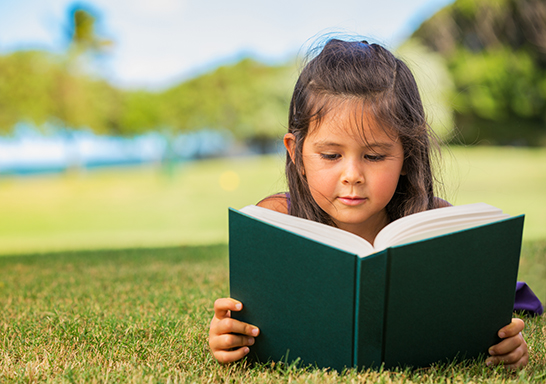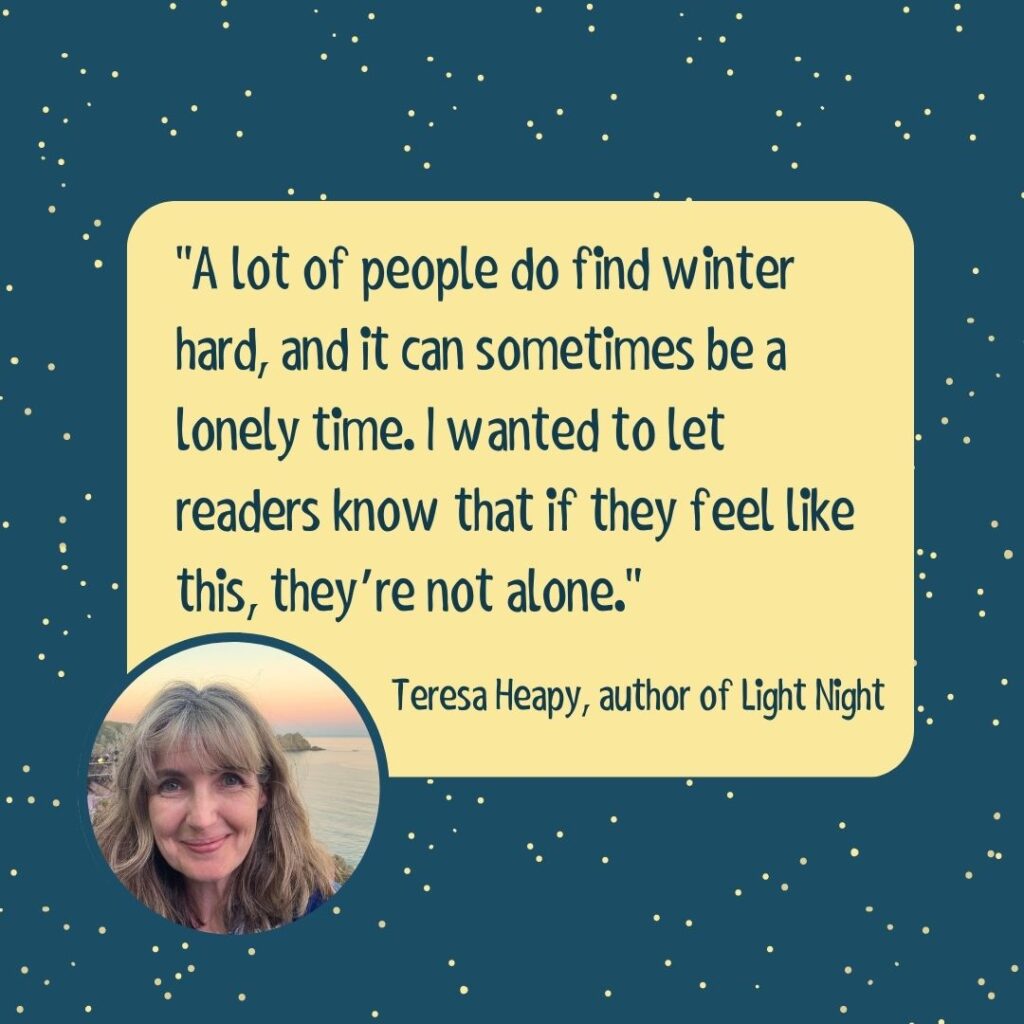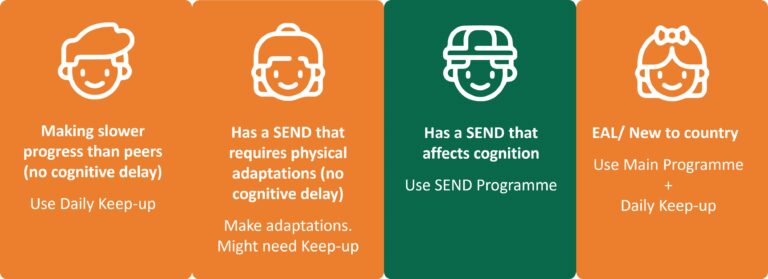Self-care is a word that is banded about these days to refer to many things that it isn’t. Self-care isn’t always eating a bar of chocolate whilst watching Netflix (as excellent as that is); it’s about identifying what you need to keep yourself feeling safe, healthy and protected. Today, more than ever, many of us will not be feeling ‘right’. We are grieving for the lives we used to live. As adults this is hard enough, but what does this mean for our children and students?
As a teacher at a school that focuses on emotional wellbeing, we made the decision to call students weekly and speak to both them and their guardians. I look forward to hearing their voices and hearing them smile over the phone and I like to check in with them and their wellbeing. One thing that is articulated often is a feeling both of anxiety and listlessness.
Firstly, we all need to remind ourselves that whatever we achieved today, it is enough. We are enough.
In regards to anxiety, the following activities may help:
-
-
- Reading in a space where they feel safe and sheltered: Try setting up a tent, full of cushions and blankets. As a child, I used to love making dens behind the sofa and taking a book there. The joy in reading is in escapism – in taking our minds on an adventure when our bodies can’t go anywhere just yet. If you are struggling to get your children or students to read, they could listen to Audible which currently has a free subscription, ask Alexa to read to them whilst they are playing, or catch David Walliams on Elevenses with The World of David Walliams. Story stones are a firm favourite also: collect stones on your daily walk and return home to paint or felt tip key characters from stories and play around with the order to create new events. Older children may like to use theirs for words that need to be included in their stories.
- Breathing: Encourage children to take a moment to check in with themselves. How are they feeling? What do they need? What would make them feel happy in this moment? Even young children can tap into this quickly and, instead of feeling frustrated and acting out this feeling, be able to use their language. For ASD children and children with additional needs, a colour code can be used or images of feelings.
- Yoga focuses on grounding our emotions and concentrating on the here and now. Adults may like to model this (and reap the rewards) or use it as a timeout from school work activity. Cosmic Yoga on YouTube is fantastic and a lovely activity to plan into the day or to set as daily work when you email your students.
- Encourage older children, and ourselves, to take a step back from social media. It’s full of images of people boasting about their productiveness or sunbathing in their gardens or doing make-up tutorials. How long are they spending looking at these? Would it be more emotionally nourishing to call a friend, or to play a game with a sibling? Sit in the sunshine and read a book? Attempt some school work? What is really gained from watching strangers when we could be interacting with people we know and who are invested in us?
-
Listlessness is also an emotion I think we all might be feeling. A lot of us have never worked solely from home and I for one have not attempted it whilst also home-schooling two young children.
Children are used to being with their peers and having a very structured and regulated day. Children, like most adults, feel safe in routine. Here you can do two things (and these things can be interchanged daily): build a new routine that has clear time limits and structure or throw routine out of the window and go with the flow. On most days, I let my children decide. They tend to like the routine but on sunny days they protect their wellbeing by playing in the garden, colouring, getting out their Lego or dipping in and out of school work. On that note, and this is something I tell my students, home-schooling does not have to be hours sat at a desk. In fact, I’d rather it wasn’t.
Some days children might like to do lots of learning, others not so much, but that doesn’t mean they aren’t learning other things or achieving personal goals of their own. Could you ask in the morning: what are their personal goals today? Allowing children and young people to own their goal and achieve it gives them a focus and a shift away from listlessness and leaves them with a feeling of achievement on days that can easily blend into each other.
Praise, encouragement and understanding will get us all through this. Check-in on each other’s emotions and wellbeing, choose creativity and be present in the moment. Own your emotions and encourage your children and students to do the same: if you don’t feel right speak up and out about it.
Stay safe and accept that we are all doing our best and that is enough.
By Joanna Fliski
Joanna Fliski was previously Head of PSHE at Lliswerry High, Newport and is now a secondary English teacher at Avanti Gardens, Bristol



